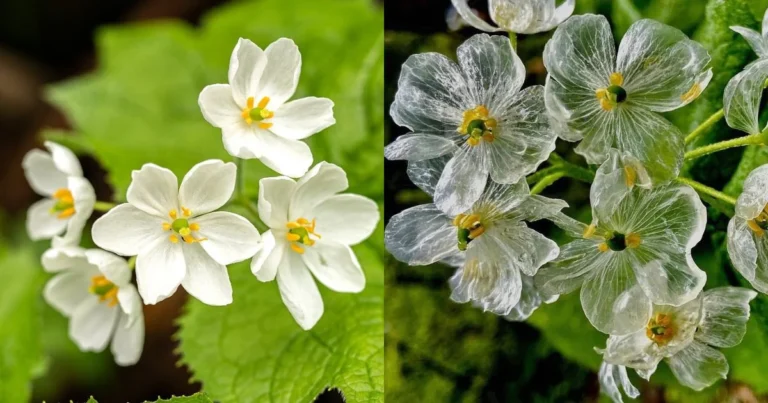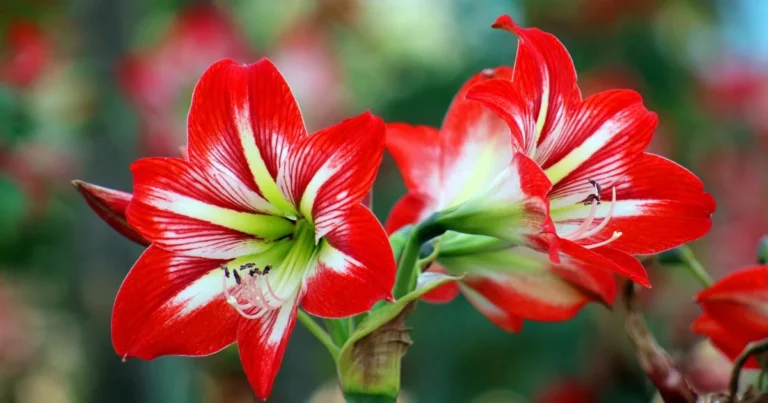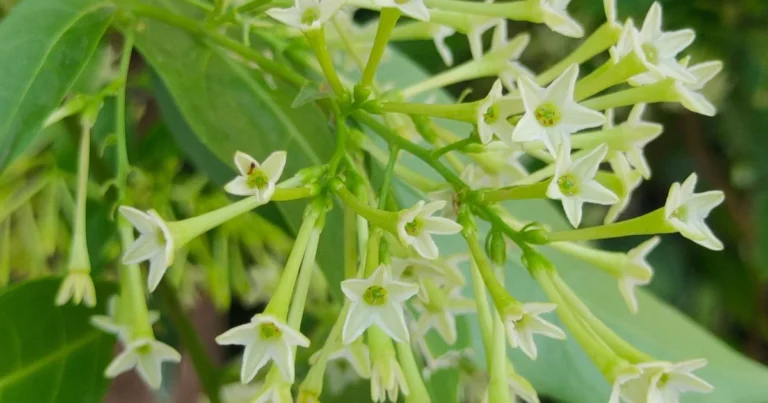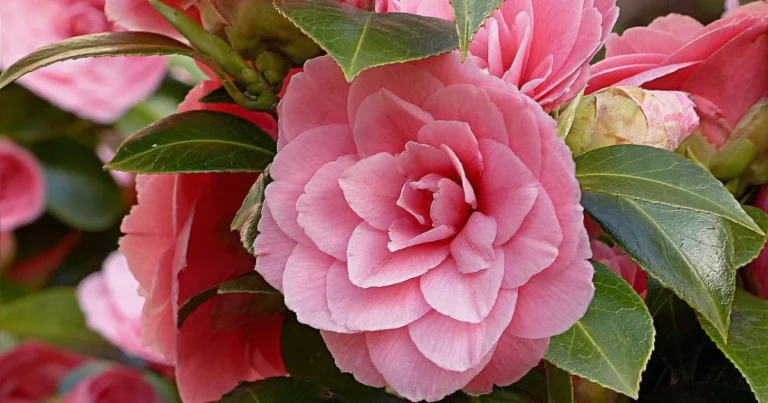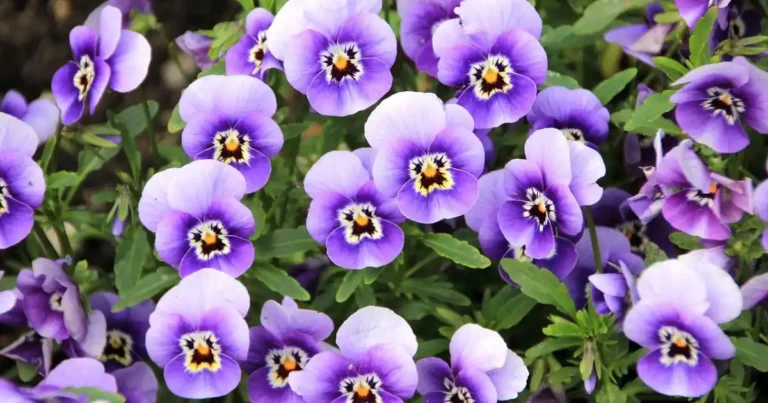15 Best Purple Perennial Flowers for Long Lasting Beauty
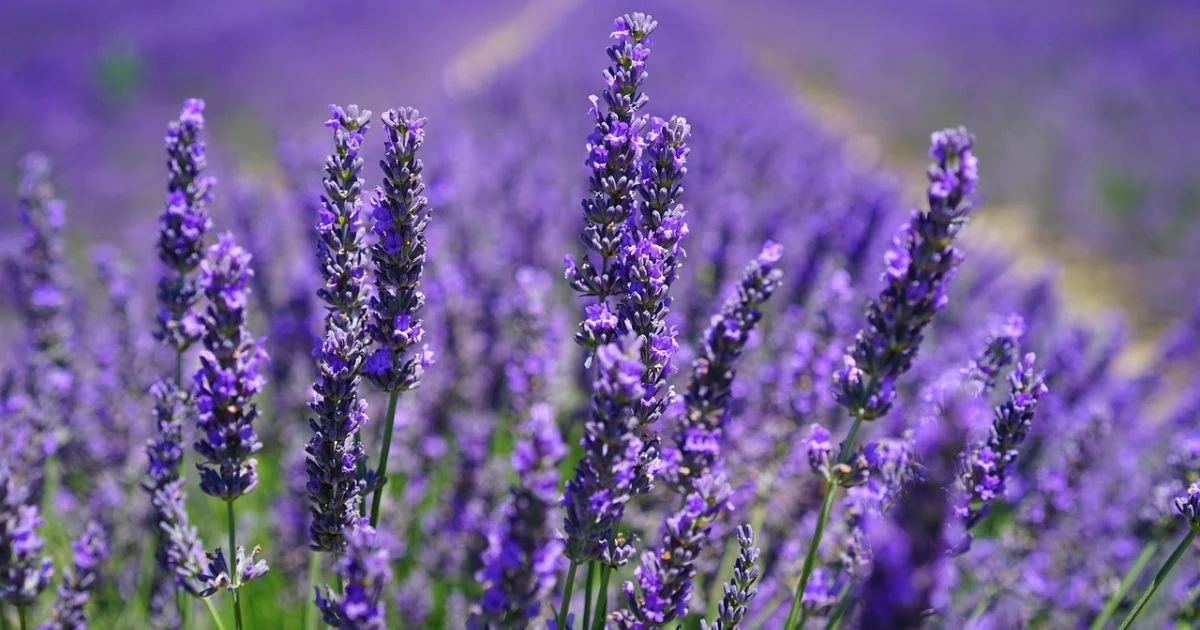
Purple perennial flowers make any garden look stunning. They bring lasting beauty with little upkeep. You can pick from many shades, like light lavender to deep plum. Mixing them with other flowers makes your garden truly unique.
Choosing purple flowers for your garden is exciting. There are many options to pick from. These flowers are perfect for gardeners because they look great for a long time and are easy to care for.
Table of Contents
Introduction to Purple Perennial Flowers
Purple perennial flowers are a favorite in American gardens. They’re great because they attract pollinators and add color. With so many choices, you’ll find the perfect purple flowers for your garden.
Key Takeaways
- You can choose from a variety of purple perennial flowers to add beauty to your garden.
- Purple perennial flowers require minimal maintenance and offer long-lasting beauty.
- Understanding the appeal of purple perennial flowers can help you design your perfect garden.
- Purple flowers and names can be mixed with other flowers to create a unique landscape.
- Purple perennial flowers are a great choice for attracting pollinators and adding color to your garden.
Understanding the Appeal of Purple Perennial Flowers
Choosing flowers for your garden is key to its look and feel. A plant with purple leaves can bring luxury and creativity to your outdoor space. Perennials are also great because they’re easy to care for and save money.
The color purple in gardens has a special meaning. It’s linked to wisdom, grandeur, and spirituality. Adding purple perennial flowers can make your garden calm and peaceful. It’s a great way to create a serene spot for yourself and visitors.
The Psychology of Purple in Gardens
Purple can deeply affect our emotions and well-being. In gardens, it adds drama and elegance. It draws the eye to special spots in the garden.
By mixing purple flowers with yellow and green, you get a beautiful palette. This adds depth and interest to your garden.
Benefits of Choosing Perennials Over Annuals
Perennials are not just pretty; they’re practical too. They need less water and pruning, saving you time and effort. Plus, they’re cost-effective because you can split and replant them.
Choosing perennials means a beautiful, sustainable garden. It will give you years of joy with little upkeep.
Best Tall Purple Perennials for Back Borders
Adding tall purple perennials to your garden can make a big impact. These plants grow tall, adding color and texture. A big dark purple flower like Delphinium is classic. Purple Coneflower adds elegance with its large, drooping petals.
Tall perennials are perfect for back borders. They give your garden a richer, more interesting look.
. Here are some popular choices:
- Delphinium, which can grow up to 6 feet tall and produces vibrant purple spikes
- Purple Coneflower, which can grow up to 4 feet tall and produces large, drooping petals
- Russian Sage, which can grow up to 3 feet tall and produces small, tubular flowers
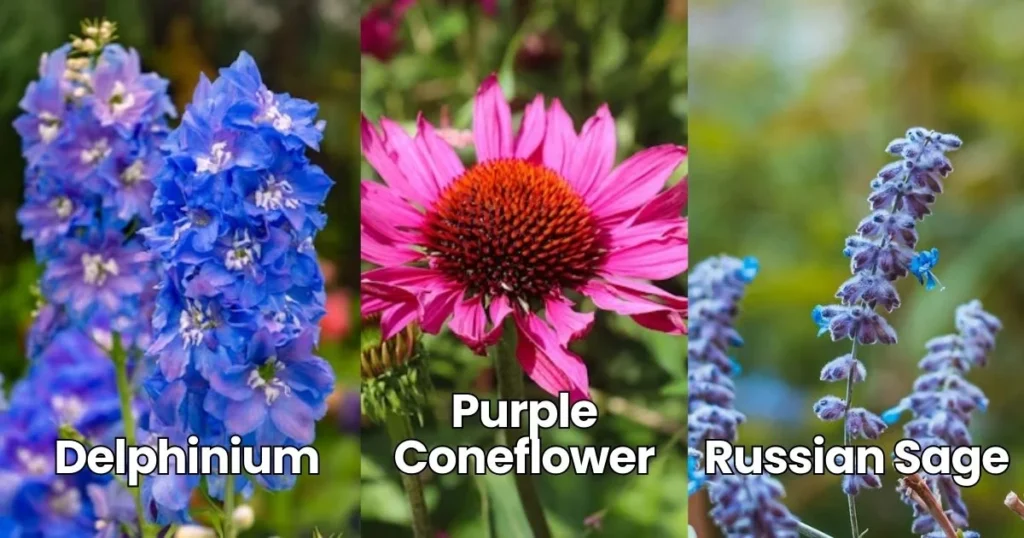
These tall purple perennials can make your garden stunning. Mix them with other plants and features for a unique landscape. Whether you want a big dark purple flower or a delicate perennial, there’s something for everyone.
| Plant | Height | Flower Color |
| Delphinium | Up to 6 feet | Purple |
| Purple Coneflower | Up to 4 feet | Purple |
| Russian Sage | Up to 3 feet | Purple |
Low-Growing Purple Perennials for Ground Cover
Low-growing purple perennials are great for covering big areas in your garden. These purple color plant types spread fast, creating a thick layer of leaves and flowers. They do well in many conditions, from full sun to partial shade.
Using these plants as ground cover helps cut down on mulch and weed control. This makes them a simple choice for your garden.
Some top picks for ground cover include:
- Creeping Thyme: A fragrant, spreading plant that can tolerate light foot traffic
- Purple Creeping Phlox: A dense, mat-forming plant with vibrant purple flowers
- Low-Growing Catmint (Nepeta): A drought-tolerant plant with gray-green foliage and purple flowers
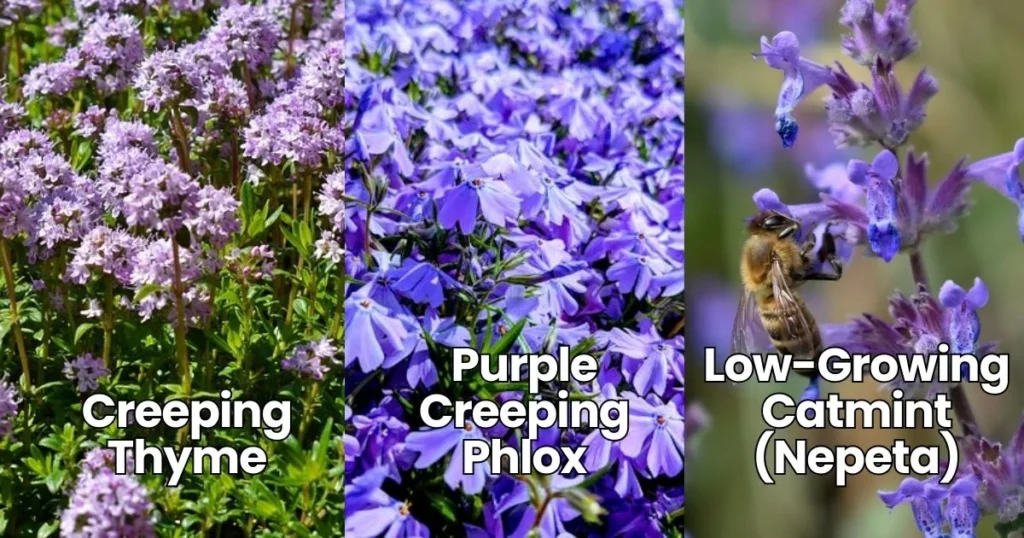
These purple color plant options are ideal for adding color to big parts of your garden. They help create a beautiful, easy-to-care-for landscape. By picking the right ground cover, you can enjoy purple flowers without much upkeep.
| Plant | Height | Spread | Sun Requirements |
| Creeping Thyme | 1-2 inches | 12-18 inches | Full Sun |
| Purple Creeping Phlox | 2-4 inches | 12-18 inches | Partial Shade |
| Low-Growing Catmint | 6-12 inches | 12-18 inches | Full Sun |
Drought-Resistant Purple Flowering Plants
As a gardener, you might want to use less water but still have a stunning garden. Drought-resistant plants are perfect for this. They include many purple flowers that do well in dry places, great for xeriscaping or low-water gardens.
There are many drought-resistant plants to choose from. Lavender is known for its beautiful purple flowers and can handle dry soil well. The Purple Ice Plant and Verbena Bonariensis also have low watering needs and produce lovely purple flowers.
Lavender Varieties
Lavender is a favorite for dry gardens. It’s not just pretty; it smells great and attracts bees and butterflies. English and Spanish lavender are two popular types, both with gorgeous purple flowers.
Purple Ice Plant and Verbena Bonariensis
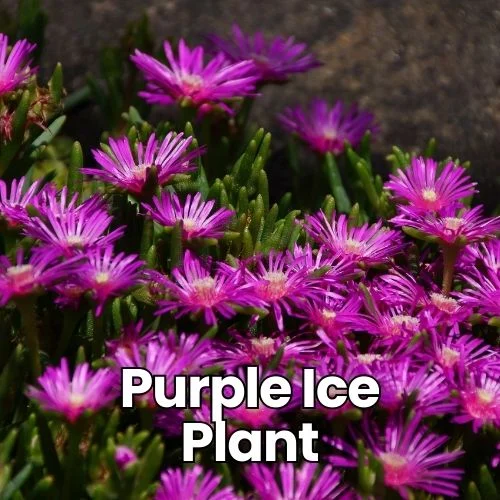
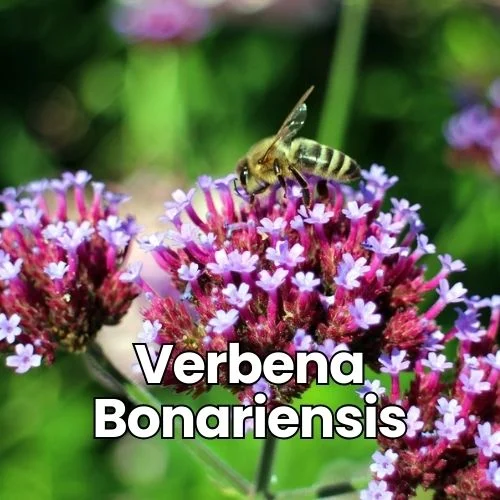
Other great choices are the Purple Ice Plant and Verbena Bonariensis. They’re perfect for those who want to save water. These plants can survive with little water, letting you enjoy purple flowers without using too much water.
Shade-Loving Purple Perennial Varieties
Adding color to shaded garden spots is easy with shade-loving plants. These plants are ideal for areas under trees or north-facing walls. They also do well in spots with little sunlight. The purple color plant is a stunning choice for shade gardens, bringing a regal touch to your outdoor space.
To make a beautiful shade garden, pick a mix of shade-loving plants that love the dark. Some favorites include:
- Purple foxglove, which can grow up to 5 feet tall and produces tubular bells of purple flowers
- Creeping purple verbena, which spreads quickly and produces small, fragrant purple flowers
- Purple coral bells, which have maple-like leaves in a deep purple color and produce airy, bell-shaped flowers
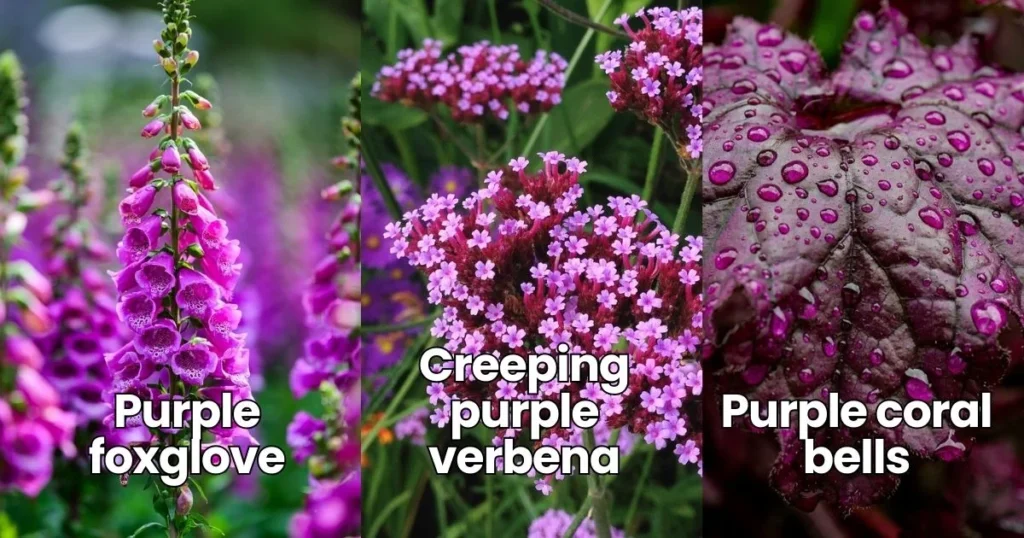
When planning your shade garden, think about design and care. Pick plants that match your climate and soil. Regular watering and fertilization are also key. By doing these things and adding shade-loving plants, you’ll have a lovely outdoor space. It will bring joy and peace to your life.
| Plant Name | Height | Light Requirements |
| Purple Foxglove | Up to 5 feet | Partial Shade |
| Creeping Purple Verbena | 1-2 feet | Full Shade to Partial Shade |
| Purple Coral Bells | 1-3 feet | Partial Shade to Full Shade |
Early Spring Purple Perennials
As winter fades, early spring flowers start to bloom. They add a splash of color to your garden.
Purple perennials are among the first to welcome spring.
Plants like Lungwort add a stunning touch to your garden. Iris varieties and Creeping Phlox create a vibrant purple carpet. They’re perfect for brightening your garden after winter.
Iris Varieties
Iris flowers look like exotic orchids and come in many purple shades. They’re among the first signs of spring. They grow well in different conditions, making them ideal for all gardeners.
Creeping Phlox and Lungwort
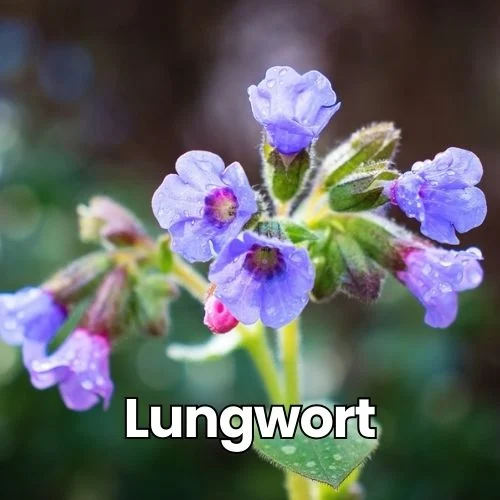
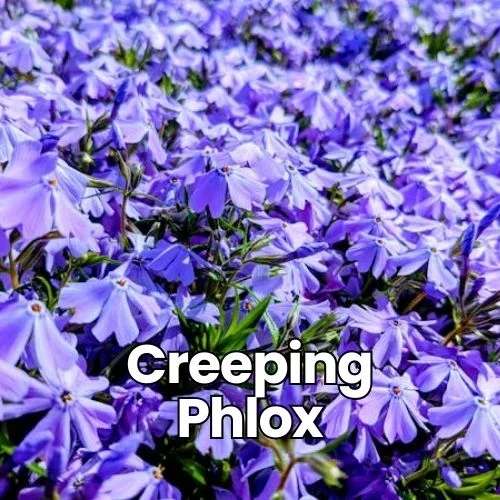
Creeping Phlox and Lungwort are also great for early spring. Creeping Phlox spreads out to form a purple carpet. Lungwort has spotted, bell-shaped flowers. Both add color and thrive in various conditions.
| Plant | Description | Bloom Time |
| Iris Varieties | Exotic, orchid-like flowers | Early Spring |
| Creeping Phlox | Dense, purple carpet | Early Spring |
| Lungwort | Spotted, bell-shaped flowers | Early Spring |
Adding these early spring flowers to your garden brings color and warmth. They’re easy to care for and grow well in many conditions. They’re great for gardeners, no matter their skill level.
Summer-Blooming Purple Perennial Options
Planning your summer garden? Think about adding summer flowers that bloom in the warmest months. A big dark purple flower can make your garden stand out with its vibrant color.
Choose summer-blooming purple perennials that can handle the heat. Lavender, Catmint, and Salvia are great choices. They have beautiful purple flowers and attract pollinators.
- Lavender: a low-maintenance, fragrant flower that’s perfect for hot, dry areas
- Catmint: a drought-tolerant perennial with gray-green leaves and purple flowers
- Salvia: a tall, upright plant with spikes of purple flowers that attract hummingbirds and butterflies
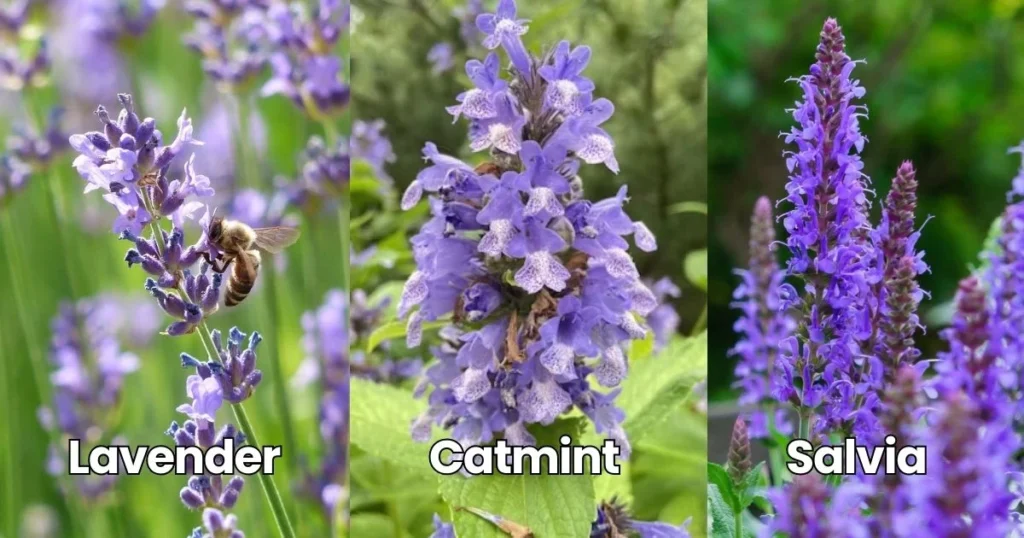
Adding these flowers to your garden will bring a variety of purple colors to your space. You can choose from big, bold flowers or smaller, more delicate ones.
Summer is the perfect time to get creative with your garden, experimenting with new plant combinations and color schemes. With the right summer-blooming purple perennials, you can create a beautiful and thriving garden that will be the envy of all your friends and neighbors.
Essential Care Tips for Purple Perennial Flowers
To keep your purple perennial flowers thriving, it’s crucial to understand their care requirements. This includes providing the right soil composition, watering schedule, and fertilization guidelines. By following these care tips, you can ensure your purple perennials bloom beautifully and remain healthy.
When it comes to soil, most purple perennials prefer well-draining soil with a slightly acidic to neutral pH. You can achieve this by mixing in organic matter like compost or well-rotted manure. Consider the following care tips for your purple perennial flowers:
- Water your purple perennials regularly, but avoid overwatering, which can lead to root rot and other problems.
- Fertilize your purple perennials in the spring and summer months with a balanced fertilizer.
- Deadhead spent flowers to encourage more blooming and prevent seed production.
By following these care tips, you can enjoy your purple perennial flowers for years to come. Remember to research specific care requirements for each variety, as some may have unique needs. With proper care, your purple perennials will thrive and add beauty to your garden.
| Soil Requirement | Watering Schedule | Fertilization Guidelines |
| Soil that drains well and has a slightly acidic to neutral pH. | Regular watering, avoiding overwatering | Balanced fertilizer in spring and summer months |
Companion Plants for Purple Perennials
Companion planting is key to a beautiful garden. Pairing purple perennials with the right plants can boost their beauty and health. For example, yellow or orange flowers next to purple ones make a stunning contrast.
Choosing the right companion plants is important. Some plants, like marigolds and nasturtiums, keep pests away from purple flowers. Others, like comfrey and clover, help the soil by adding nutrients. Here are some great companion plants for purple perennials:
- Lavender: attracts pollinators and repels pests
- Chamomile: improves soil health and reduces stress in nearby plants
- Dill: repels aphids and other pests that target purple flowers
When picking companion plants, make sure they like the same growing conditions and space. This helps all plants in your garden do well together. By using companion planting, you can make a lively and strong garden. It will show off the beauty of purple flowers and their friends.
| Companion Plant | Purple Perennial | Benefits |
| Lavender | Catmint | Repels pests, attracts pollinators |
| Chamomile | Salvia | Improves soil health, reduces stress |
| Dill | Petunia | Repels aphids, improves growth |
Designing a Purple Perennial Garden
Creating a stunning purple perennial garden starts with thinking about the look you want. This includes the colors and how the plants are arranged. A well-planned garden makes purple plants stand out. Think about whether you prefer a modern, traditional, or a mix of both styles.
Choosing plants that go well together is key. For a purple garden, pick plants that bloom at different times. This keeps your garden interesting all year. Some great choices include catmint, salvia, and lavender. Here are some tips to make your garden pop:
- Choose a variety of purple plants with different heights and textures for depth and interest.
- Think about how much sunlight and soil type your plants need.
- Add plants in yellow or white to complement the purple ones for a nice color scheme.
Seasonal planning is important for a beautiful purple garden. Prune and replant as needed. With the right care, your garden will flourish, and the purple plants will thrive.
| Plant | Bloom Time | Height |
| Catmint | Spring-Summer | 12-18 inches |
| Salvia | Summer-Fall | 18-36 inches |
| Lavender | Summer | 12-24 inches |
Common Problems and Solutions for Purple Perennials
When you care for your purple perennial flowers, you might face some common issues. Spotting these problems early helps prevent damage and keeps your plants healthy. Issues like pests, diseases, and poor growth can happen due to environmental stress or not caring for them well.
Pests like aphids, slugs, and snails are common. To deal with them without harming good bugs, try natural methods. This includes using beneficial nematodes or spraying soapy water. For diseases, like fungal infections, treat them with fungicides or remove sick plants to stop the disease from spreading.
To fix poor growth, consider these steps:
- Check your soil quality and adjust it if needed. Make sure it drains well and has lots of nutrients.
- Change your watering schedule to avoid too much or too little water.
- Give your purple perennials enough sunlight and food.
Knowing these common problems and acting early can help your purple perennials thrive. Keep an eye on your plants to catch any issues before they get worse.
“A healthy garden is like a balanced environment, and when you work with nature, you can help your purple perennials grow strong and thrive.”
With the right care, your purple perennial flowers will keep blooming. They’ll add color and life to your garden. By tackling common problems, you’ll have a beautiful display of purple flowers that attract pollinators and please the eye.
Conclusion: Creating Your Perfect Purple Perennial Paradise
Creating your dream purple perennial garden is a journey full of possibilities. You can make a space that delights your senses and shows off your style. With flowers like delphiniums and purple coneflowers, you have a wide range of colors and textures to choose from.
When designing your garden, mix different shapes, heights, and bloom times. This will keep your garden interesting all year. Use drought-resistant plants like lavender and purple ice plant, and add shade-loving plants like iris and lungwort. This way, your garden will be beautiful and easy to care for.
FAQ
What are the benefits of choosing purple perennial flowers for my garden?
Purple perennial flowers bring lasting beauty with little upkeep. They come in many shades and can mix well with other flowers. The color purple also adds luxury, creativity, and wisdom to your garden.
How do I choose the right purple perennials for my garden?
When picking purple perennials, think about their size, sunlight needs, and if they like dry soil. Taller plants like Delphinium are great for the back. Short ones, like Creeping Phlox, cover large areas well.
Shade-loving plants like Lungwort brighten up dark spots. Early bloomers like Iris add color after winter.
What are the essential care tips for keeping my purple perennial flowers healthy?
To keep your purple perennials healthy, focus on the right soil, water, and food. Most like well-draining soil and full sun to partial shade. Water and feed them based on their needs and your climate.
Removing spent flowers encourages more blooms. This helps your plants look good all season.
How can I design a cohesive purple perennial garden?
Designing a purple perennial garden means thinking about colors, layout, and when things bloom. Match purple with yellow or orange for a nice look. Put the taller plants at the back and the shorter ones at the front.
Pick plants that flower at different times so your garden stays colorful throughout the whole season. Regular care, like pruning and soil maintenance, keeps your garden looking great.
What are some common problems I might encounter with purple perennials, and how can I solve them?
Purple perennials can face pests, diseases, or environmental stress. Catching these problems early and taking action quickly is important. Common issues include fungal diseases, pests, or poor growth from bad soil or too much sun.
For help, check out gardening resources and guides. They can help you figure out and fix these problems.

